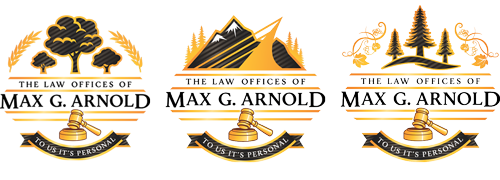How a Broken Sidewalk or Sprinklers Can Lead to a Personal Injury Suit
Property owners have a duty to keep their land free from hazardous public conditions that could cause injury, such as broken sidewalks, protruding sprinkler heads and low-hanging branches over walkways. Property negligence leading to injury in Chico, CA is grounds for a personal injury suit—if you’ve been injured as a result of someone else’s negligence, make sure to call a reputable attorney as soon as possible.
Here’s an overview of premises liability cases and what action you might take if you’ve been injured on someone else’s property.
What is a premises liability case?
Premises liability cases fall under the umbrella of negligence suits. Legally, “negligence” means that someone had a duty to do (or refrain from doing) something, they failed to meet that obligation and, as a result, someone was injured, specifically due to that failure. Premises liability is a form of negligence in which someone is injured on someone else’s property, often due to the owner’s failure to properly maintain the area.
You might be familiar with “slip and fall” cases—these are perfect examples of premises liability. For example, a property owner invites people into their store. They knew (or should have known) that there was a tripping or slipping hazard in the store, and failed to clean it up. As a result, someone slips, falls and is injured, so the property owner is held responsible.
The same concept can apply to any home or business. If you encounter hazardous conditions on someone else’s property and were injured as a direct result, the owners can be held responsible for your injuries. Premises liability hinges on who owns, controls or possesses the property—that person is responsible for the injury. Even when the hazard is hidden (latent), the property owner has a duty to alert people to the risk. For example, if they have a rotting step on their front porch that looks, for all intents and purposes, like a normal step, they would need to warn visitors about that latent hazard or risk being liable for any resulting injuries.
How to prove a premises liability case
The key to proving premises liability is to demonstrate that the owner was negligent in their duty to you, the visitor. Specifically, you and your attorney will need to show that their failure to keep the premises free of hazards was directly responsible for your injuries. For example, if you tripped on their broken sidewalk and broke your arm, you would provide evidence of how the accident happened as well as their duty to maintain the property.
The most important part of recovering damages is to show proof of the harm that this negligence caused. That often comes in the form of lost wages and medical bills, but may include evidence of severe emotional distress and other consequences as well.
If you’ve been injured on someone else’s property and believe their property negligence led to your injury in Chico, CA, call the Law Offices of Max G. Arnold, Inc. right away to arrange a consultation.
Categorised in: Personal Injury Lawyer
